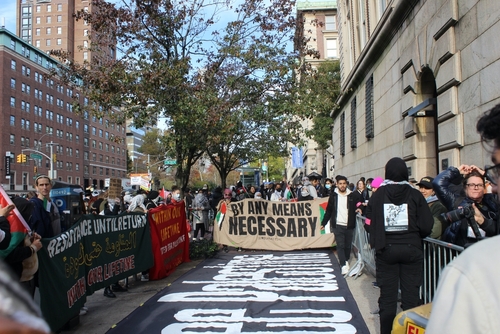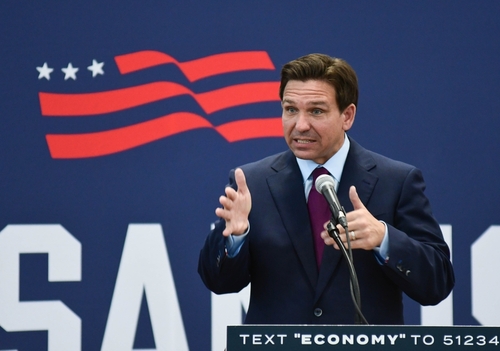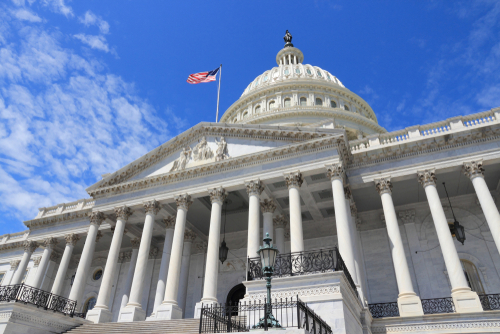Is the Trump administration’s new regulation on asylum-seekers’ work permits a necessary protection against system abuse or an undue hardship on vulnerable individuals?
At a Glance
- The Trump administration proposes restricting work permits for asylum-seekers.
- Supporters argue it prevents exploitation of asylum processes.
- Opponents claim it increases economic challenges for genuine asylum-seekers.
- This proposal is part of a broader immigration policy overhaul.
Regulation Overview
The Trump administration is considering a regulation that restricts asylum-seekers from obtaining work permits. This proposal would halt the existing policy allowing migrants with pending asylum claims to work legally. Under the new regulation, asylum-seekers must wait until the U.S. Citizenship and Immigration Services (USCIS) processes all asylum claims, meeting an average processing time of 180 days. However, even upon achieving this target, asylum-seekers must wait a year post-filing before becoming eligible for work permits.
Supporters like Donald Trump claim these changes will prevent individuals from exploiting the asylum system merely to gain employment in the United States. “On the first day of his second term of office, President Donald Trump issued ten executive orders and proclamations seeking to change the face of U.S. immigration law and policy, touching nearly every aspect of a complex and exacting system.” Yet, while aimed at deterring what is viewed as an abuse of the asylum process, it potentially leaves genuine asylum-seekers in a precarious position, forcing some into illegal work to support themselves.
Opposition and Concerns
Opponents of the regulation argue that pausing work permits serves to unjustly impact genuine asylum-seekers, increasing their economic insecurity during prolonged legal proceedings. Conchita Cruz from the Asylum Seeker Advocacy Project voices concerns that work permit limitations could harm U.S. communities and employers as asylum-seekers contribute significantly to critical roles, including those in healthcare. “Asylum seekers are playing critical roles in a wide array of jobs — they are the doctors and the people cleaning the hospitals.” said Conchita Cruz.
Another concern is the backlog at USCIS, with 1.5 million asylum applications pending. Even meeting the average processing target of 180 days is daunting, considering the accumulation of cases. Critics argue that while the intention is to safeguard the system, the practical result leaves deserving applicants in limbo, stripped of dignity and basic financial sustenance opportunities.
Broader Context and Implications
The proposals align with broader shifts in immigration law and policy initiated by Trump upon entering his second term. Among the ten executive orders issued, key changes include hindering sanctuary jurisdictions through funding cuts and using the military for border enforcement—steps perceived as extreme overreach by opponents but deemed necessary by Trump’s supporters for national security.
These reforms also involve reinstating the controversial “Remain in Mexico” policy and declaring a national emergency for border enforcement, as underlined by the stringent approach outlined in Trump’s executive actions. A substantial reduction in refugee resettlements and a travel ban on certain countries are further elements shaping the future contours of U.S. immigration. The rigid stance contrasts with calls for compassionate governance that prioritizes human rights alongside securing borders.






